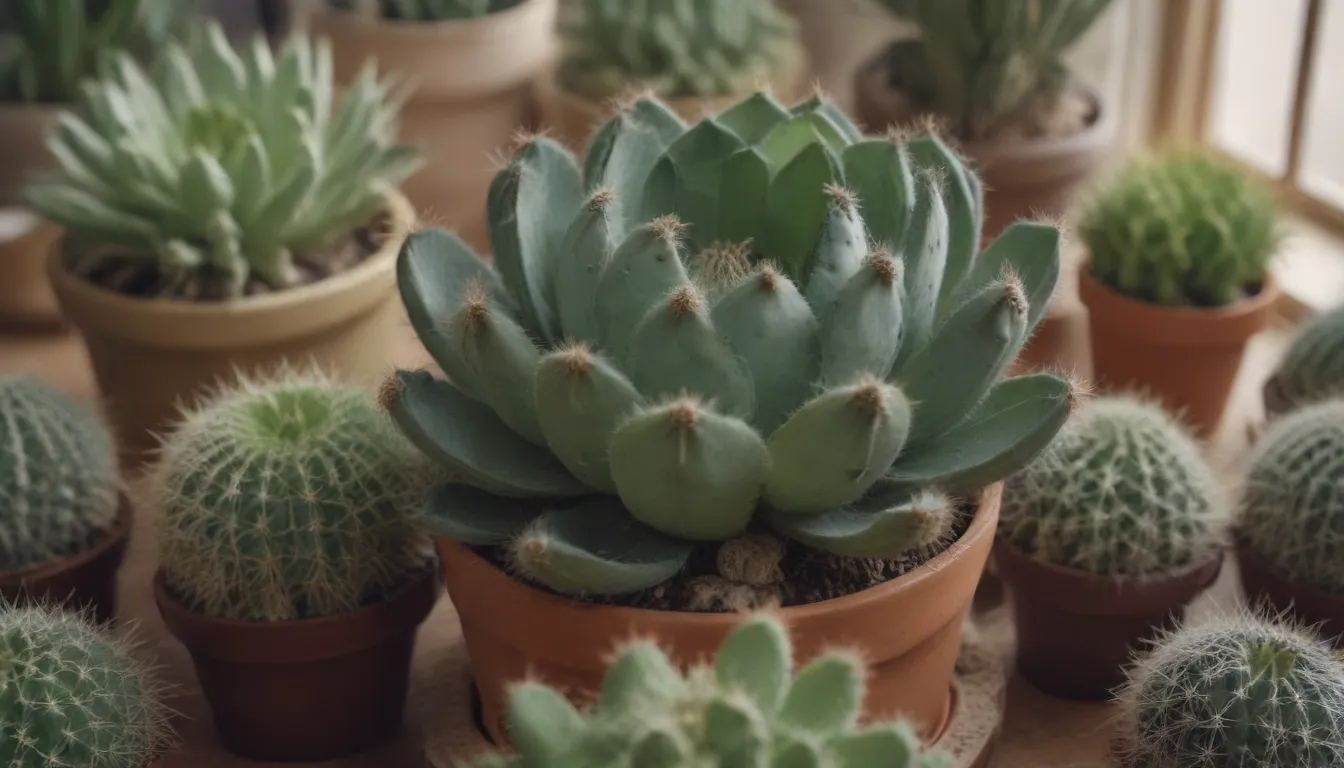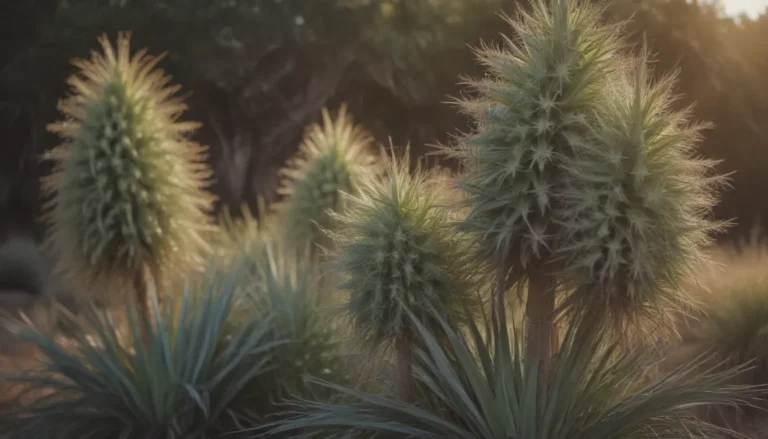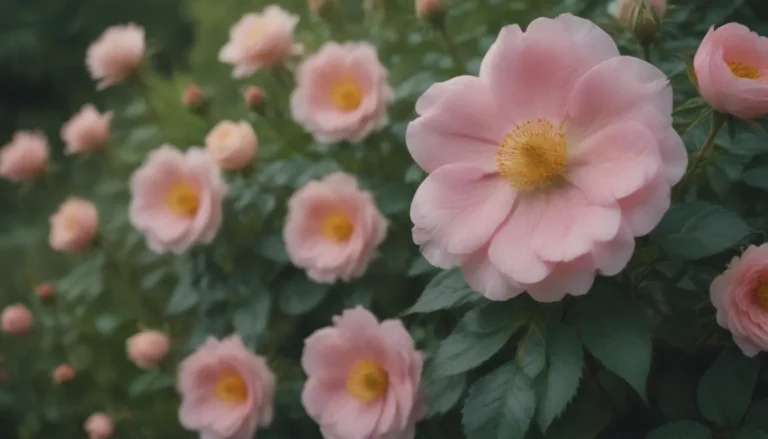The Ultimate Guide to Growing Cactus Indoors

Are you looking to add some unique and low-maintenance plants to your indoor garden? Look no further than cacti! These desert plants are perfect for indoor environments, as they thrive in dry air and average room temperatures. Not only are cacti easy to care for, but they also come in a wide variety of shapes, sizes, and colors, making them a fun addition to any plant collection.
In this comprehensive guide, we will explore the best cactus varieties to grow indoors, along with tips on how to care for them. Whether you’re a seasoned cactus enthusiast or a beginner looking to add some greenery to your home, this guide has everything you need to know about growing cacti indoors.
Why Choose Cacti for Indoor Gardening?
Unlike tropical plants that require high humidity and specific light conditions, cacti are well-suited for indoor environments. Here are some reasons why cacti are the perfect houseplants:
- Cacti thrive in dry air and average room temperatures.
- They require minimal maintenance and are easy to care for.
- Many cactus species can survive on just a few hours of sunlight a day.
- Cacti come in a variety of shapes, sizes, and colors, making them a versatile addition to any indoor garden.
Choosing the Right Cactus for Your Home
Before you start growing cacti indoors, it’s essential to choose the right species for your home environment. Consider the following factors when selecting a cactus:
- Light Requirements: Some cacti require more sunlight than others. Make sure to choose a species that will thrive in the light conditions of your home.
- Watering Needs: Different cacti species have varying watering requirements. Be sure to research the specific needs of the cactus you choose.
- Pet Safety: If you have pets, make sure the cactus you choose is non-toxic to animals.
- Size and Shape: Consider the size and shape of the cactus you want to grow. Some cacti stay small, while others can grow quite large over time.
Now, let’s explore eight of the best cactus varieties to grow indoors, along with tips on care and maintenance for each species.
1. Angel Wings Cactus
The Opuntia albispina cactus, also known as the angel wings cactus or bunny ears cactus, is a unique and attractive species that is perfect for indoor growing. This Mexican native grows evenly spaced clusters of hairs rather than sharp spines, making it a safe and low-maintenance choice for indoor gardening.
- Light Requirements: Angel wings cacti require full sunlight to thrive.
- Watering: Water sparingly, allowing the soil to dry out completely between waterings.
- Color Varieties: Pale yellow blooms followed by red, edible fruits.
2. Rat Tail Cactus
The Aporocactus flagelliformis, or rat tail cactus, is a fast-growing species that is ideal for hanging baskets in indoor environments. Native to Mexico, this cactus features vibrant magenta blooms that add a pop of color to any indoor space.
- Light Requirements: Rat tail cacti prefer bright, indirect sunlight.
- Watering: Keep the soil moist but not waterlogged.
- Color Varieties: Magenta blooms add a burst of color to this unique cactus.
3. African Milk Tree
The Euphorbia trigona, also known as the African milk tree or cathedral plant, is an easy-to-grow cactus species that is perfect for beginners. This slow-growing plant features small green leaves that grow between thorns on ridged stems.
- Light Requirements: African milk trees thrive in bright, indirect sunlight.
- Watering: Water sparingly, allowing the soil to dry out between waterings.
- Color Varieties: The Rubra variety features reddish-purple leaves.
4. Saguaro Cactus
The iconic saguaro cactus is a stunning addition to any indoor garden. Native to the Sonoran desert, this majestic plant can live for centuries and features beautiful flowers that bloom after many years of growth.
- Light Requirements: Provide as much sunlight as possible for your saguaro cactus.
- Watering: Water sparingly, allowing the soil to dry out completely between waterings.
- Color Varieties: Beautiful flowers add a touch of color to this impressive cactus.
5. Old Lady Cactus
The Mammillaria hahniana, or old lady cactus, is a charming species that forms small colonies of spheres with white hairs and spines. This cactus variety is full of personality and features pink blooms that resemble a crown atop a head.
- Light Requirements: Old lady cacti thrive in bright, indirect sunlight.
- Watering: Water every other week, allowing the soil to dry out between waterings.
- Color Varieties: Pink blooms add a touch of elegance to this unique cactus.
6. Bishop’s Cap
The Astrophytum ornatum, or bishop’s cap cactus, features a striking sphere shape with stiff spikes that cover deeply ridged spheres. This cactus variety can grow to several feet in height and develops a white frosty coating as a defense mechanism against the sun.
- Light Requirements: Bishop’s cap cacti require plenty of sunlight to thrive.
- Watering: Water sparingly, allowing the soil to dry out completely between waterings.
- Color Varieties: Yellow blooms add a pop of color to this eye-catching cactus.
7. Christmas Cactus
The Christmas cactus is a unique species that is different from traditional cacti. With smooth segmented leaves and soft, rounded spines, this cactus hails from Brazilian rain forests and requires a different care routine than typical cacti.
- Light Requirements: Christmas cacti prefer filtered light and moderate irrigation.
- Watering: Keep the soil evenly moist, but not waterlogged.
- Color Varieties: Tubular flowers come in red, pink, orange, and white.
8. Barrel Cactus
The Ferocactus genus, or barrel cactus, is a fierce and robust species that can thrive both indoors and outdoors. With long, rigid spines that protect its juicy, edible pulp, the barrel cactus is a striking addition to any indoor garden.
- Light Requirements: Barrel cacti require plenty of sunlight to thrive.
- Watering: Water infrequently, allowing the soil to dry out completely between waterings.
- Color Varieties: Varied colors and patterns add interest to this sturdy cactus.
Tips for Growing Healthy Cacti Indoors
- Use soil with good drainage to prevent root rot.
- Allow the soil to dry out completely between waterings.
- Provide adequate sunlight for your cacti to thrive.
- Watch for signs of overwatering, such as yellowing or mushy stems.
- Consider repotting your cacti every 2-3 years to refresh the soil and provide more space for growth.
In Conclusion
Growing cacti indoors can be a rewarding and enjoyable experience. With the right care and attention to their specific needs, cacti can thrive and add beauty to your home. Whether you choose a small, delicate species or a large, imposing cactus, there is a variety of cacti to suit every taste and space.
So, why not add some unique and low-maintenance cacti to your indoor garden today? With their otherworldly shapes, spiny textures, and vibrant blooms, cacti are sure to bring a touch of the desert into your home. Happy growing!





